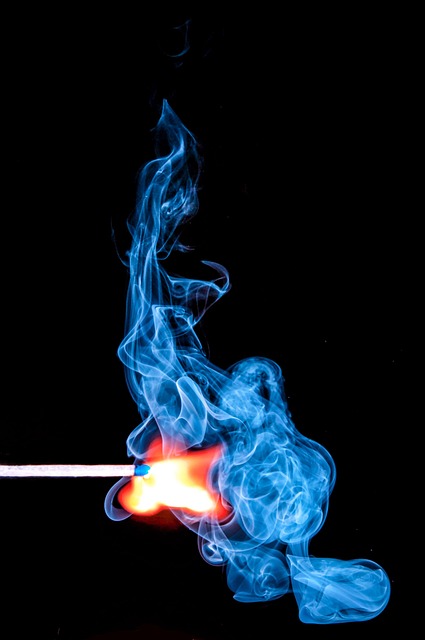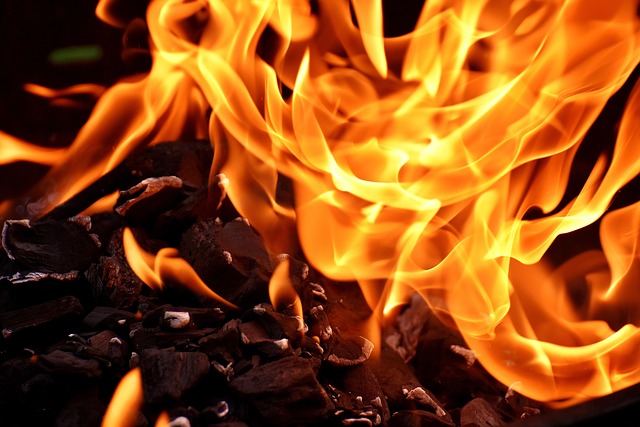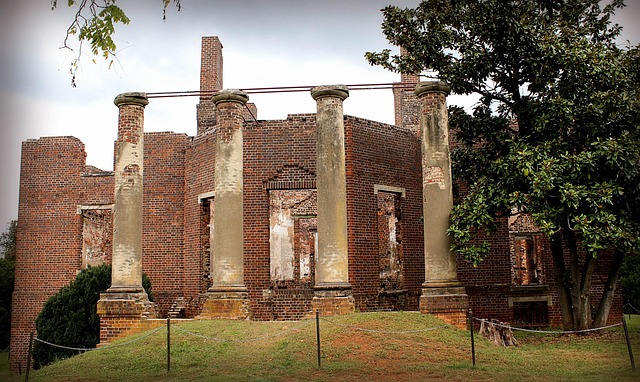Smoke damage from wildfires poses significant challenges for California homeowners, impacting property value and marketability. Prompt action is crucial to mitigate damage and preserve home value in California's competitive real estate market. This guide outlines essential steps: contain the area, conduct a safety inspection, engage professionals for cleaning and repairs, dispose of contaminated materials responsibly, consult insurance providers, document losses, prioritize structural integrity and hazardous material removal, market property honestly with high-quality photography, and use keywords like 'selling fire damaged property California' in marketing strategies.
Smoke damage can wreak havoc on California properties, from structural issues to lingering odors. Understanding the causes and effects is crucial for prompt action, which can significantly mitigate long-term costs. This comprehensive guide delves into the smoke damage remediation process, legal considerations, and even tips for selling fire-damaged property in California, ensuring homeowners maximize their recovery. By following these steps, you’ll be better equipped to navigate the aftermath of a fire and restore your home or investment property effectively.
- Understanding Smoke Damage: Causes and Effects on Properties in California
- The Importance of Prompt Action After a Fire in California
- Step-by-Step Guide to Smoke Damage Remediation Process
- Legal Considerations and Insurance Claims for Fire-Damaged Properties
- Tips for Selling Fire Damaged Property in California: Maximizing Your Recovery
Understanding Smoke Damage: Causes and Effects on Properties in California

Smoke damage from wildfires is a significant concern in California, a state renowned for its picturesque landscapes and diverse ecosystems but also prone to extreme weather events. When fire damages a property, the aftermath can be severe, affecting not just the physical structure but also its value and marketability. Understanding the causes and effects of smoke damage is crucial for homeowners, real estate agents, and investors navigating the selling of fire-damaged properties in California.
Wildfires generate dense smoke that carries a variety of harmful pollutants, including ash, soot, and toxic gases. This smoke can infiltrate homes and buildings, leaving behind visible residue and invisible contaminants. The effects are far-reaching: from discolored walls and ceilings to the degradation of indoor air quality, even after the fire is extinguished. In terms of property value, extensive smoke damage can deter potential buyers, leading to longer listing times and potentially lower selling prices. Therefore, proper remediation and documentation of the restoration process are essential steps for anyone looking to sell a fire-damaged property in California.
The Importance of Prompt Action After a Fire in California

After a fire, swift action is crucial in mitigating smoke damage and preserving the value of your California property. The Golden State’s diverse climate and dry seasons create an elevated risk for rapid fire spread, making prompt response essential. If you’re considering selling a fire-damaged home, remember that immediate remediation can significantly impact your market appeal. Fast action not only stops further deterioration but also demonstrates to potential buyers your commitment to repairing and restoring the property.
In California’s competitive real estate market, first impressions matter. Delving into smoke damage remediation promptly enhances the property’s attractiveness, ensuring it meets buyer expectations. This process involves specialized cleaning techniques and equipment to remove soot and odor, restore structural integrity, and revive the space’s former glory. By taking this step, you can transform a potential setback into a positive selling point, attracting interested buyers who appreciate your proactive approach to addressing fire damage.
Step-by-Step Guide to Smoke Damage Remediation Process

After a fire, smoke damage can leave behind unpleasant odors and visible residue, making it crucial to address the issue promptly. Here’s a step-by-step guide for selling fire-damaged property in California.
1. Containment: The first step is to prevent further contamination by sealing off affected areas. Use plastic sheeting or drop cloths to cover doors, windows, and floors. Ensure all ventilation is closed to stop smoke from spreading throughout the property.
2. Safety Inspection: Conduct a thorough safety inspection to ensure it’s safe to enter. Check for structural integrity, gas leaks, electrical hazards, and any other potential risks. It’s recommended to have professionals perform this step, especially if there was extensive damage or exposure to toxic substances like asbestos or lead paint.
3. Professional Cleaning: Engage the services of a specialized smoke damage restoration company. These professionals use advanced equipment and techniques to remove odors, soot, and residue from surfaces, fabrics, and air ducts. They’ll also decontaminate and clean personal belongings that can be salvaged.
4. Restoration and Repairs: Once cleaning is complete, necessary repairs can begin. This may include drywall replacement, repainting, floor refinishing, or replacing damaged or destroyed items. Ensure all materials used are smoke-free and non-toxic to prevent further contamination.
5. Disposal of Contaminated Materials: Any material heavily contaminated with soot or debris must be disposed of properly according to local regulations. Some items may not be salvageable, so plan for responsible disposal or recycling.
Legal Considerations and Insurance Claims for Fire-Damaged Properties

When dealing with smoke damage from a fire, whether in residential or commercial properties in California, understanding legal considerations and insurance claims is crucial. In California, there are specific regulations that govern the safe sale and occupancy of real estate, including properties affected by fires. These guidelines ensure that any potential hazards associated with smoke damage are properly addressed before a property can be put back on the market.
For homeowners or businesses in California looking to sell fire-damaged properties, it’s essential to consult with insurance providers and legal experts. Insurance claims for smoke damage often involve complex processes, requiring thorough documentation of losses. This includes taking inventory of damaged belongings, hiring certified professionals for assessment and remediation, and keeping records of all expenses related to the restoration process. Understanding your policy coverage, deductibles, and the scope of repairs needed is vital in navigating the insurance claim process effectively.
Tips for Selling Fire Damaged Property in California: Maximizing Your Recovery

When selling a fire-damaged property in California, it’s crucial to employ strategies that maximize recovery potential. The first step is to assess the extent of damage and prioritize necessary repairs. Focus on structural integrity, electrical systems, and any hazardous material removal, as these are key factors for buyers. It’s beneficial to hire licensed professionals who can efficiently handle remediation, ensuring compliance with local regulations.
Marketing your property effectively becomes essential next. Highlight that the damage is a result of an isolated incident and emphasize the potential for a fresh start. Use high-quality photography to showcase the transformation potential, focusing on restored areas. Additionally, consider transparent communication about the remediation process and any remaining repairs needed, as honesty builds trust with prospective buyers.
Smoke damage from fires can significantly impact properties in California, but prompt action is key. Understanding the remediation process, legal considerations, and market dynamics for selling fire-damaged property in California can help homeowners maximize their recovery. By following a structured approach outlined in this article, from assessing damage to navigating insurance claims, you can navigate this challenging situation with confidence, ensuring your property’s restoration and potentially securing a favorable outcome when selling.






